When it comes to exploring the beautiful landscapes, vibrant culture, and rich history of Vietnam, obtaining a visa is often a necessary step for many travelers. For Kazakhstan passport holders, there are fast ways to get Vietnam visa for Kazakhstan passport holders that simplify the process, allowing you to focus on planning your adventure instead of paperwork. This guide will walk you through various options, requirements, and tips for a smooth visa application experience.
Introduction: Vietnam Visa Options for Kazakhstan Passport Holders

Traveling to Vietnam can be an exciting journey full of unique experiences, from the bustling streets of Hanoi to the stunning beaches of Da Nang. However, before you embark on this adventure, it’s essential to understand the visa requirements specific to Kazakhstan passport holders. Fortunately, Vietnam offers several efficient visa options that cater to the diverse needs of travelers. In this section, we’ll explore the various avenues available for obtaining a visa, setting the stage for a deeper dive into each method in the subsequent sections.
The Importance of Understanding Visa Options
Navigating visa applications can often be daunting, especially if you’re unfamiliar with the requirements or processes involved. Understanding your options can save you time and eliminate unnecessary stress.
- Many travelers encounter complications due to lack of knowledge.
- Clear guidance empowers you to make informed decisions.
- Choosing the right visa option ensures a smoother entry into Vietnam.
As we delve into the specifics of each visa option, you’ll discover which route aligns best with your travel plans and personal preferences. Whether you’re looking for a quick and easy e-Visa or prefer the traditional embassy approach, we’ve got you covered.
e-Visa: The Quickest Route for Kazakh Citizens to Vietnam
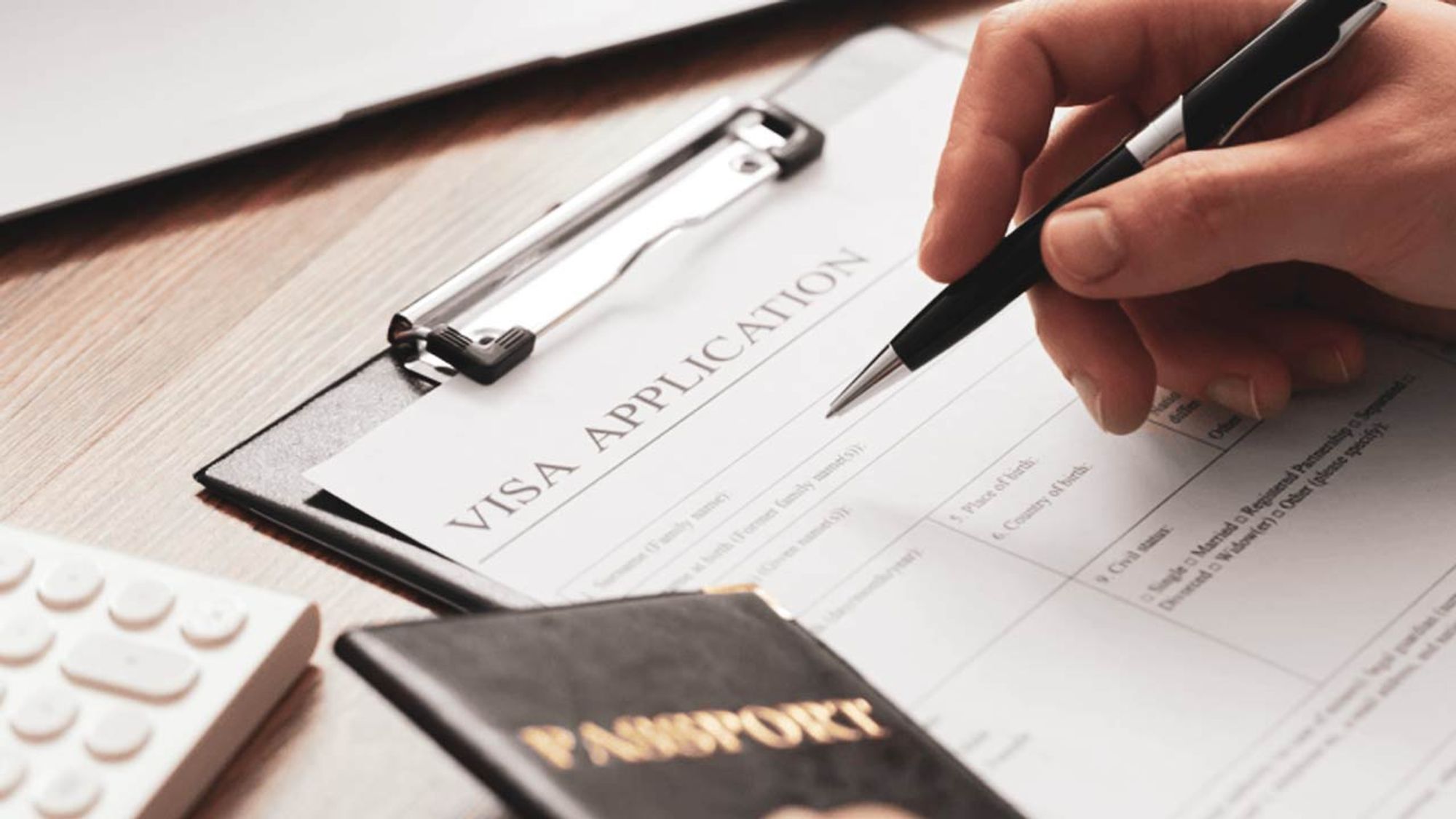
The e-Visa system has made it incredibly simple for travelers to enter Vietnam without the hassle associated with traditional visas. For Kazakhstan passport holders, this option stands out as one of the quickest routes to gaining access to the country.
What Is an e-Visa?
An electronic visa (e-Visa) allows travelers to apply online and receive their visa via email, eliminating the need to visit an embassy or consulate.
- The application process is entirely digital, making it convenient.
- Processing times are usually within three working days.
- This visa is valid for stays of up to 30 days, single entry only.
The e-Visa option caters to tech-savvy travelers who appreciate simplicity and efficiency. By utilizing the e-Visa, you can streamline your travel preparations and potentially even book your flights and accommodations sooner.
Applying for an e-Visa: Step-by-Step Guide
Obtaining an e-Visa is straightforward. Here’s how you can easily navigate the process:
- Visit the Official Website: Start by accessing the official Vietnam e-Visa application website. This ensures you are using a legitimate platform, avoiding pitfalls associated with third-party sites.
- Fill Out the Application Form: Provide personal information such as your name, date of birth, passport details, and travel plans. Accuracy is crucial, as any discrepancies could lead to delays or rejection.
- Upload Required Documents: You’ll need to upload a scanned copy of your passport and a recent passport-sized photo. Make sure these documents meet the specified requirements (e.g., resolution, format).
- Make Payment: After completing the form and uploading documents, proceed to payment. The fee is relatively low compared to other visa types.
- Receive Your e-Visa: After processing (usually within three business days), you will receive your e-Visa via email. Print it out and keep it handy for your arrival in Vietnam.
This user-friendly process makes the e-Visa an attractive option for Kazakh citizens eager to explore Vietnam rapidly.
Benefits of the e-Visa
The e-Visa offers several advantages over traditional methods that make it particularly appealing:
- Convenience: Apply from anywhere with internet access, without needing a physical office visit.
- Speed: Receive your visa quickly, often within just a few days.
- Simplicity: The online application form is designed to be user-friendly, reducing confusion during submission.
By leveraging the e-Visa option, you ensure a hassle-free beginning to your Vietnamese adventure.
Visa on Arrival (VOA): A Fast-Track Alternative for Time-Sensitive Travel
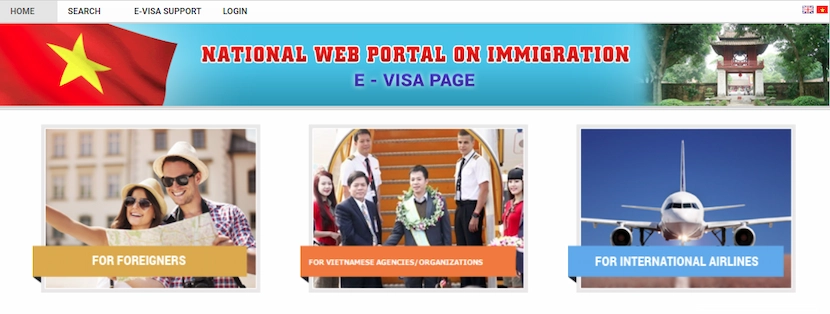
Another popular method for obtaining a visa to Vietnam is the Visa on Arrival (VOA). This option works well for those who may not have time to apply for an e-Visa ahead of their trip.
What Is Visa on Arrival?
Visa on Arrival is a type of visa issued at select international airports in Vietnam. It is designed for tourists arriving by air, allowing them to obtain their visa upon arrival rather than needing to secure one beforehand.
- This method is ideal for spontaneous travelers who may change plans last minute.
- Travelers must pre-arrange an approval letter before departure.
- VOA is available for both single and multiple entries.
While it offers flexibility, it’s essential to understand the steps involved in securing a Visa on Arrival to ensure a seamless experience at the airport.
Steps to Obtain a Visa on Arrival
Here’s a simple breakdown of the process for acquiring a Visa on Arrival:
- Pre-Apply for Approval Letter: First, you need to apply online for an approval letter through a designated agency. Ensure the agency is trustworthy and has positive reviews.
- Receive Approval Letter: Within a couple of days, you should receive your approval letter via email. Print this document as you will need it upon arrival in Vietnam.
- Arrive at the Airport: Upon landing at one of the designated airports in Vietnam, head to the Visa on Arrival counter.
- Present Required Documents: Show your approval letter, passport, and two passport-sized photos. Additionally, prepare the visa stamping fee in cash (preferably USD).
- Obtain Your Visa: After processing your documents, you will receive your visa and can proceed through immigration.
Advantages of Visa on Arrival
Opting for Visa on Arrival comes with its own perks that might appeal to certain travelers:
- Flexibility: Ideal for travelers who prefer spontaneity and don’t want to commit to fixed plans.
- Accessibility: Allows for easy acquisition once in the country.
- Multiple Entry Options: Available to those who might want to explore neighboring countries and return to Vietnam.
While a bit more involved than the e-Visa, the Visa on Arrival can be an excellent solution for those in need of immediate travel arrangements.
Applying Through the Vietnam Embassy or Consulate: A Traditional Approach
For those who prefer a more traditional route, applying directly through the Vietnam embassy or consulate may still be the best option, despite being less common among Kazakhstan travelers today.
Understanding the Embassy/Consulate Process
Applying through the embassy or consulate involves submitting paper-based applications, typically requiring a personal visit.
- This method is beneficial for longer stays or specific visa categories, like work or student visas.
- It allows for direct communication with officials, providing clarity on any concerns.
Although it may seem cumbersome, many still find reassurance in the face-to-face interaction that this option offers.
Steps to Apply at the Embassy/Consulate
Follow these steps to successfully navigate the application process at the embassy or consulate:
- Gather Required Documents: Prepare your passport, completed visa application form, photos, and any other supporting documents based on the type of visa you require.
- Book an Appointment: Contact the nearest Vietnam embassy or consulate to schedule an appointment.
- Submit Your Application: Attend your appointment and submit the required documentation. Be prepared to answer questions regarding your travel purpose and itinerary.
- Pay the Fees: Upon submission, pay the relevant visa fees as instructed by the embassy staff.
- Wait for Processing: Processing times vary depending on the embassy but typically range from 3 to 5 working days. You will be notified when your visa is ready for collection.
Advantages of This Method
While the traditional approach may require more effort, it also comes with distinct benefits:
- In-Person Guidance: Direct contact with embassy staff can clarify complexities and resolve issues.
- Access to All Visa Types: Ideal for long-term visas or specialized permits not available through e-Visas or VOAs.
- Peace of Mind: Some travelers feel more secure knowing they have dealt directly with government representatives.
Choosing to apply through the embassy may take longer, but the ability to communicate directly can offer comfort for those who prefer that kind of assurance.
Required Documents and Eligibility Criteria for Kazakh Applicants
Regardless of the visa method chosen, understanding the required documents and eligibility criteria is crucial for ensuring a successful application.
General Documentation Requirements
Kazakhstan passport holders will typically need the following to apply for any type of visa:
- Valid Passport: Must have at least six months of validity remaining beyond your planned stay.
- Completed Visa Application Form: This varies in format based on the visa type but generally requires personal information and travel details.
- Passport-Sized Photos: Recent photographs conforming to the specifications set forth by the visa authority.
- Proof of Funds: Evidence of sufficient funds to support your stay, whether through bank statements or sponsorship letters.
Be mindful that additional documents may be required depending on your visa type and individual circumstances.
Specific Requirements for Each Visa Type
- e-Visa: Only requires a scanned passport copy and photo, along with the completed online application.
- Visa on Arrival: In addition to the above, you must obtain an approval letter from a reliable agency prior to departure.
- Embassy Application: Requires more extensive documentation, possibly including invitation letters, accommodation proof, and travel itineraries.
Understanding these specific requirements will help you prepare adequately for your visa application, ultimately resulting in a smoother experience.
Eligibility Criteria
Eligibility criteria can vary based on the type of visa you intend to apply for, but generally include:
- Purpose of Visit: Clarifying the reason for travel can affect your visa type.
- Duration of Stay: Each visa category has limits on how long you can remain in Vietnam.
- Travel History: Previous travel records may influence application outcomes.
Being aware of these criteria can help you tailor your application and increase your chances of success.
Vietnam Visa Processing Time and Associated Costs
When planning your trip, it’s essential to consider the processing times and costs associated with obtaining your visa. These factors can significantly impact your overall travel timeline.
Processing Times for Various Visa Types
Understanding how long the visa application process takes is vital for effective planning:
- e-Visa: Generally processed within 3 working days, making it the fastest option available.
- Visa on Arrival: Requires prior arrangement of an approval letter, which can take 2-4 business days. Once at the airport, processing is relatively quick but dependent on the queue.
- Embassy or Consulate: Processing times typically span between 3-5 working days, although it may take longer during peak seasons.
Plan accordingly to avoid unnecessary delays that could disrupt your travel plans.
Costs Associated with Each Method
Budgeting for your visa application is equally important. Here’s a general overview of costs:
- e-Visa Fee: Usually around $25, though this can vary according to the service provider.
- Visa on Arrival: The cost for the approval letter ranges from $10 to $30, plus the airport stamping fee, which can be about $25 for a single-entry visa.
- Embassy Application Fee: This can vary based on the specific visa category but is often higher than the other options, ranging from $30 to $100.
It’s wise to verify current fees on official government websites or reputable visa agencies to ensure you’re budgeting correctly.
Factors Affecting Processing Time and Costs
Different elements can influence both the processing duration and associated fees:
- Volume of Applications: Higher volumes during holidays or tourist seasons may lead to longer wait times.
- Type of Visa: Specialized visas may require more scrutiny, extending processing times and costs.
- Documentation Accuracy: Errors or missing documentation can delay your application, leading to added expenses.
Awareness of these factors enables travelers to navigate the visa process more smoothly.
Common Mistakes to Avoid When Applying for a Vietnam Visa
Navigating the visa application process can be tricky, especially for first-time travelers. Being aware of common mistakes can help prevent delays and rejections.
Incomplete or Incorrect Information
Providing inaccurate information on your application can lead to complications:
- Double-check every detail, such as spelling of names and passport numbers.
- Ensure your answers align consistently throughout all forms.
Even minor errors can jeopardize your visa approval.
Not Checking Visa Requirements Beforehand
Many applicants fail to thoroughly research what is needed for their specific visa type:
- Each visa category has different requirements; familiarize yourself with these ahead of time.
- Be aware of specific documents required for your nationality to avoid surprises.
Adequate preparation can save you time and frustration later in the process.
Ignoring Validity and Expiration Dates
Having a passport that is close to expiration can hinder your travel plans:
- Ensure your passport has at least six months’ validity beyond your intended stay.
- Review any visa conditions related to entry and exit dates.
Ignoring validity requirements can lead to denied boarding or entry into Vietnam.
Rushing the Process
Planning ahead is essential to avoid last-minute panic:
- Allow ample time for visa processing; waiting until the last minute increases risks.
- Consult reliable sources or agencies for assistance if you’re uncertain about the process.
Patience and foresight are key components of a successful visa application.
Ensuring a Smooth Entry: Tips for Kazakhstan Travelers to Vietnam
Once you’ve secured your visa, it’s time to prepare for a smooth entry into Vietnam. Following these practical tips will help ensure your arrival goes off without a hitch.
Confirm Your Visa Details Before Departure
Double-check all details on your visa before leaving:
- Verify that your name, dates, and type of visa match your travel plans.
- Print extra copies of your visa and carry them separately from your passport.
Taking these precautions minimizes the risk of complications during travel.
Prepare for Customs and Immigration
Familiarize yourself with customs regulations for entering Vietnam:
- Research any restrictions on items you can bring into the country.
- Have all required documents, including your visa and passport readily accessible.
Being prepared can expedite your passage through immigration.
Stay Informed About Local Regulations
Upon arrival in Vietnam, staying informed about local laws and cultural norms is vital:
- Understand the customs surrounding behavior, dress code, and social etiquette.
- Ensure compliance with health regulations, especially in light of recent global health events.
Being culturally aware enhances your overall travel experience.
Conclusion
Navigating the visa application process for Vietnam doesn’t have to be overwhelming for Kazakhstan passport holders. With options such as the e-Visa, Visa on Arrival, and traditional embassy applications, you can choose the best method that suits your travel needs. By preparing the proper documents, understanding processing times and costs, and avoiding common pitfalls, you can ensure a smooth entry into this beautiful country. Whether it’s your first visit or a return journey, having the right information at your fingertips will allow you to enjoy all that Vietnam has to offer without unnecessary delays.


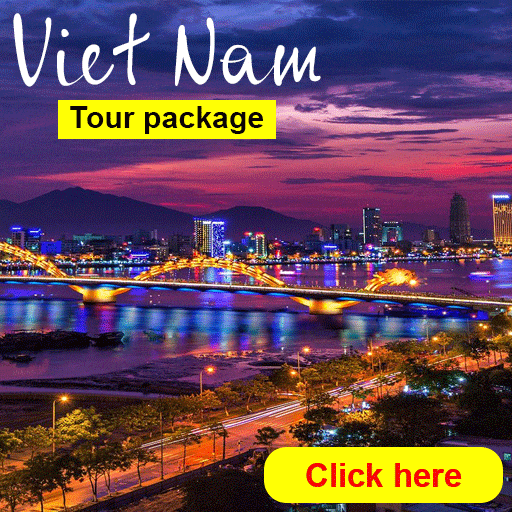
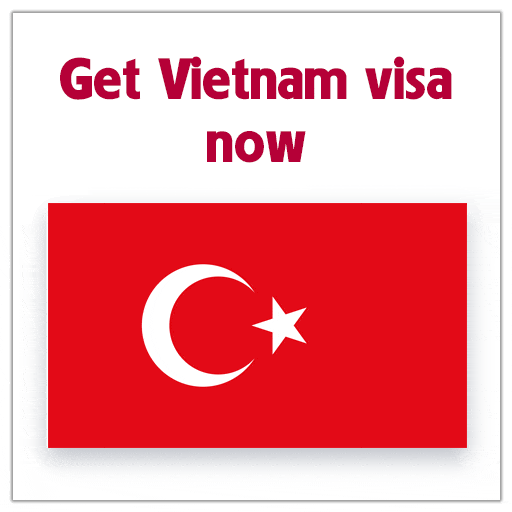
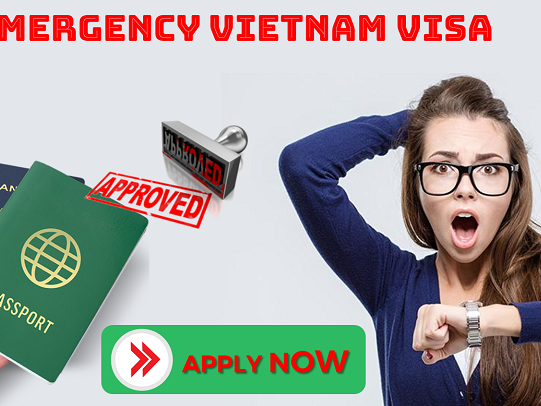


Leave a Reply